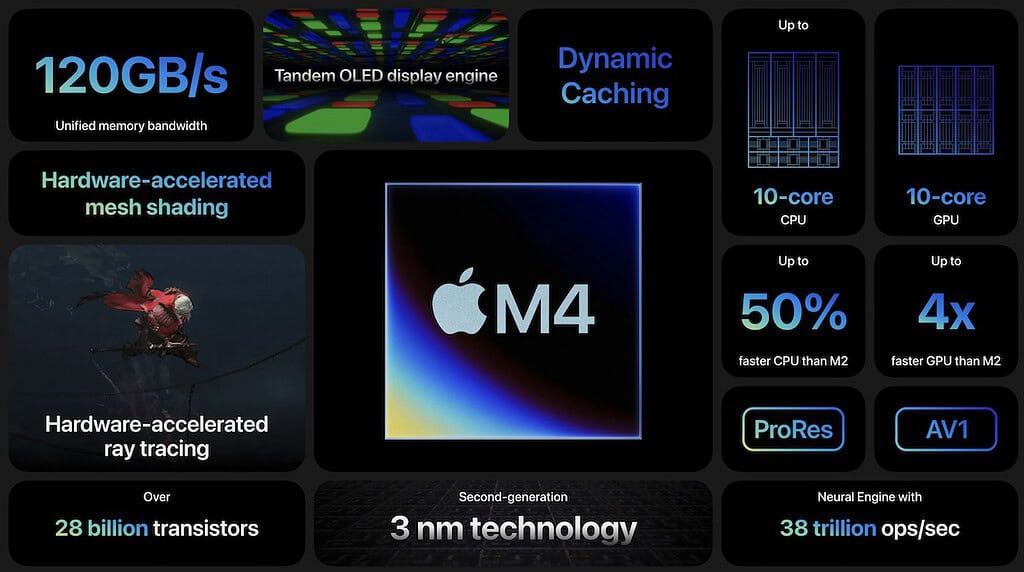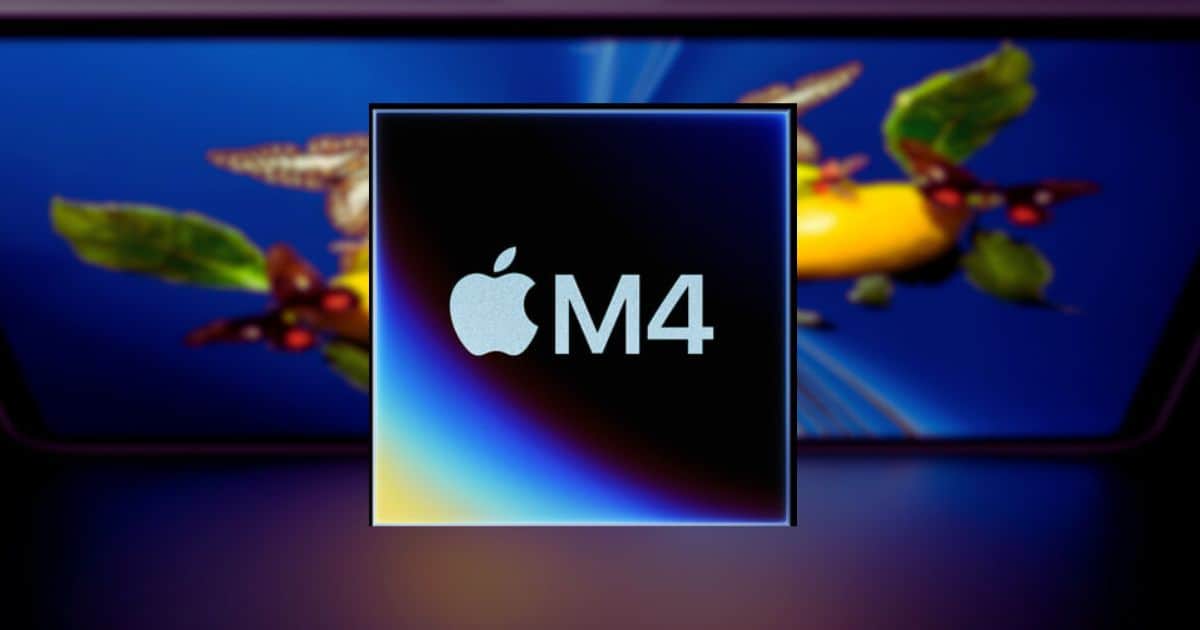More than a year after the iPad Pro 6th generation was released, Apple finally unveils its successor: the iPad Pro 7th generation. The wait was long, but Apple seeks to reward our patience with the M4, its next generation of Apple Silicon chipsets. As of writing, M4 is exclusive to the iPad Pro. Not even Mac models have it yet.
While the new iPad Pro certainly boasts impressive power, an upgrade isn’t always necessary. Can you really utilize that much processing speed? To help you reach an informed, unbiased decision, I’ll explain everything you need to know about the new iPad models.
M4 Chip: Does the Power Boost Justify the Cost?

The biggest change that the new iPad Pro brings is the M4 chip. There are two things that I found surprising. First, Apple debuted its next-generation chip on iPad, not Mac. Second, iPad jumped from M2 to M4—it skipped M3 altogether.
This leap in chipset delivers an outrageous performance boost. Apple says the M4 chip gives iPad Pro a 400 percent faster rendering performance and 150 percent faster CPU performance than its M2 predecessor.
What’s more, you get all this power in more compact hardware. The 11- and 13-inch models are only 5.3mm and 5.1mm thick, respectively, making them the thinnest devices Apple has made to date. Yes, they’re thinner than an iPod Nano.
LCD vs. OLED: A Side-by-Side Showdown

Another notable difference on the new iPad Pro is its Display. iPad Pro 6th generation uses Liquid Retina XDR screen with P3 wide color, TrueTone technology, and anti-reflective coating.
These specifications are already some of the best in the industry. However, Apple takes things a step further with the iPad Pro’s Ultra Retina XDR screen. A critical component is the Tandem OLED. At a basic level, it consists of two OLED screens stacked together to deliver a full-screen brightness of 1,000 nits and a max HDR content of 1,600 nits. Dark colors appear richer, while bright colors look more vivid.
 NOTE
NOTE
Does the Pro Camera System Get Even Better?
Users might have differing opinions on the iPad Pro’s new camera. Basically, it axed the 6th generation model’s 10MP ultra-wide camera while retaining the 12MP wide camera and 4K video ProRes support. There’s also no optical zoom functionality anymore. It’s also unusual that the iPad Pro now only has four studio-quality microphones.
The only hardware upgrade you’ll get is the landscape 12MP ultra-wide front camera. However, users who rarely use their iPad to take videos and pictures might not mind this downgrade; an iPhone is easier to carry around for photoshoots anyway.
Beyond the Core: What New Tricks Does the iPad Pro 7 Offer?
Here are some extra features that you’ll get with the iPad Pro 7th generation:
- Thunderbolt 4: Like the iPhone 15 Pro and Pro Max, the new iPad Pro uses Thunderbolt 4 cables, more commonly known as USB-C.
- Apple Pencil Pro Support: You can only use the new Apple Pencil Pro on 7th generation iPad Pro.
- New Magic Keyboard Support: The new Magic Keyboard is currently exclusive to the iPad Pro 7th generation.
Premium Features, Premium Price: Is it Worth It?
The 11-inch iPad Pro M4 starts at $999 for Wi-Fi-only and $1,199 for Wi-Fi + Cellular. On the other hand, the 13-inch iPad Pro M4 will cost you at least $1,299 for Wi-Fi-only and $1,499 for Wi-Fi + Cellular.
Now, for the big question: is the iPad Pro 7th generation worth it? If you’re due for an upgrade anyway, I recommend looking into the new iPad lineup. You could compare the iPad Air M2 (6th generation) with the new iPad Pro.
For users who already own an iPad Pro 6th generation in good condition, however, reconsider your decision. The only real reason to switch right now is to test the M4. Unless you absolutely need to test out the new chipset before it reaches Mac devices, you can settle for your current tablet.
